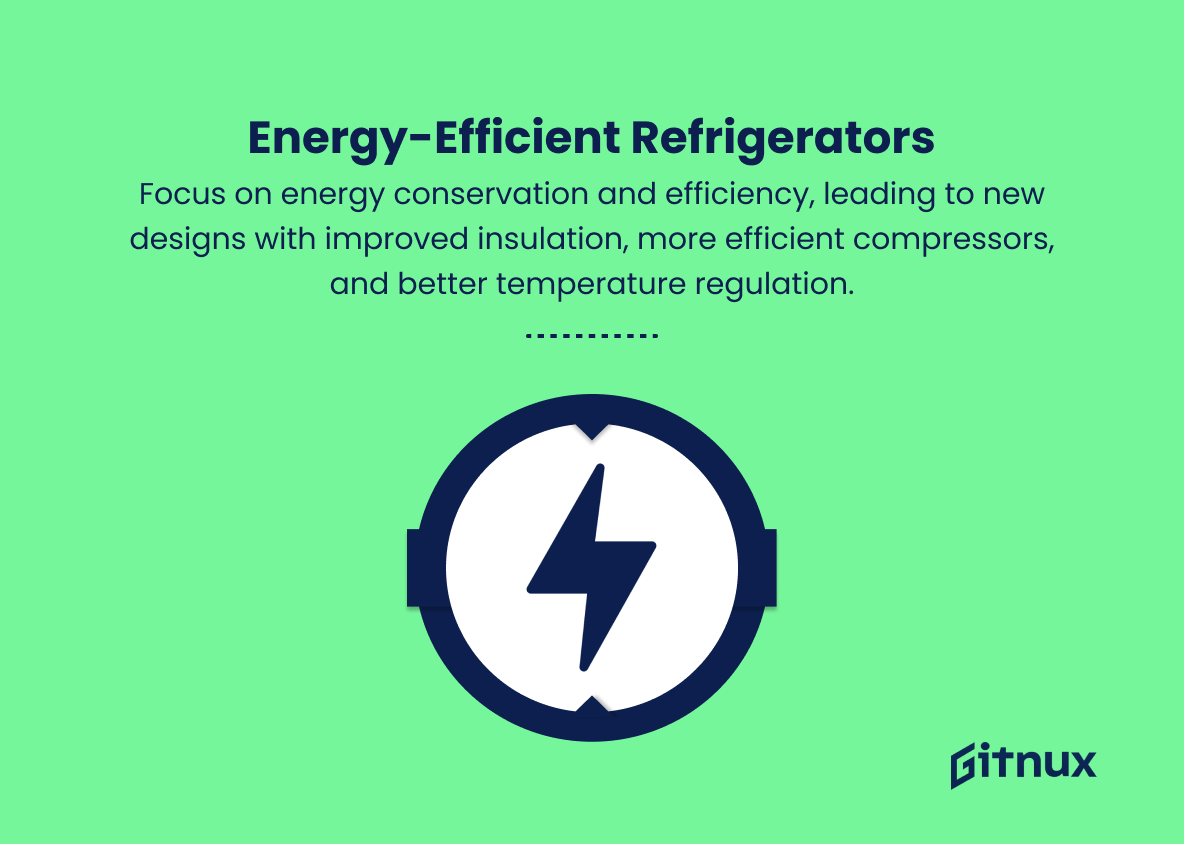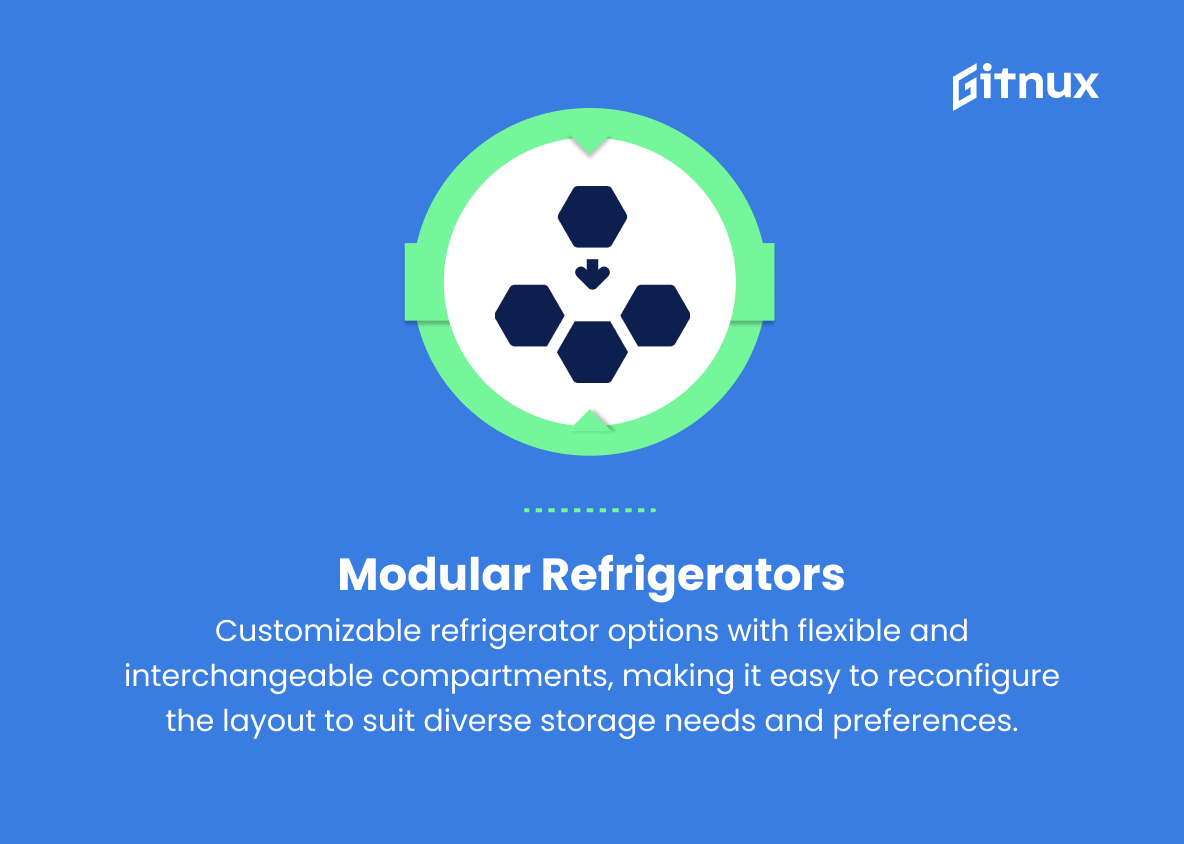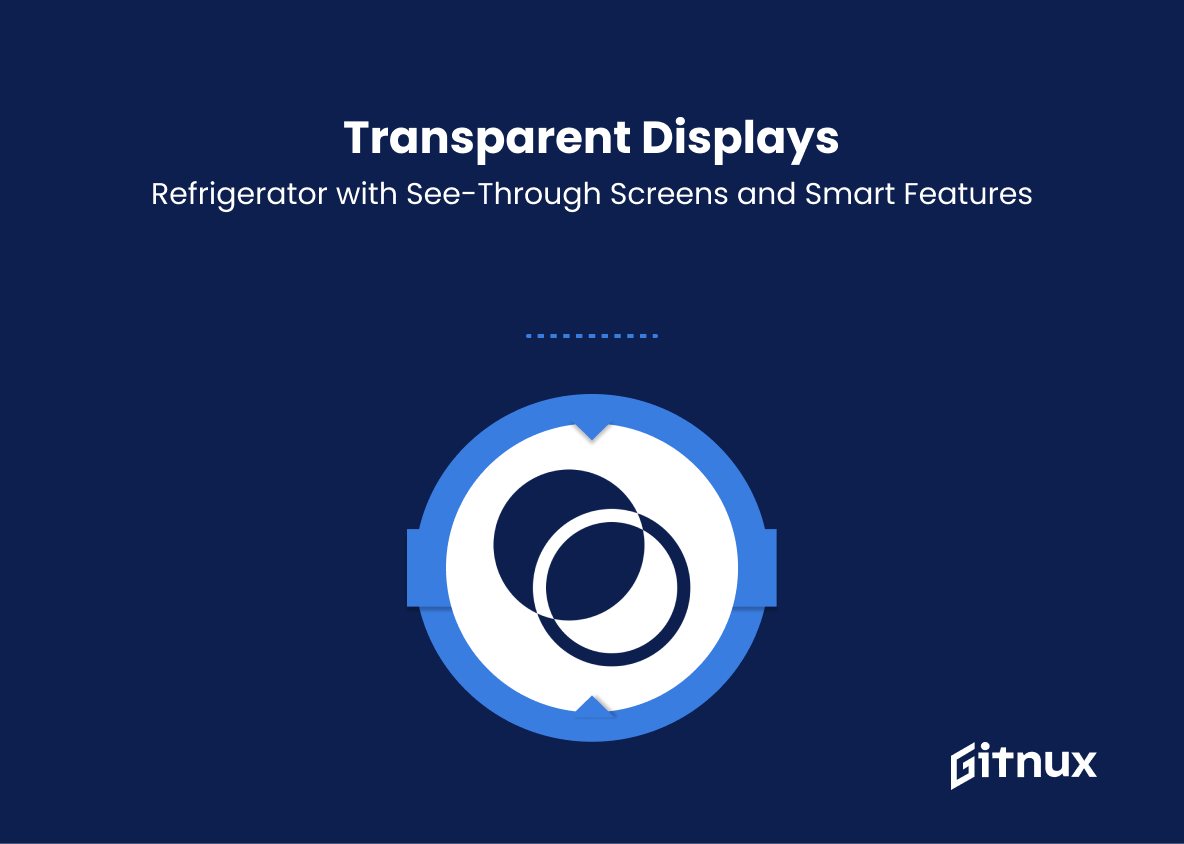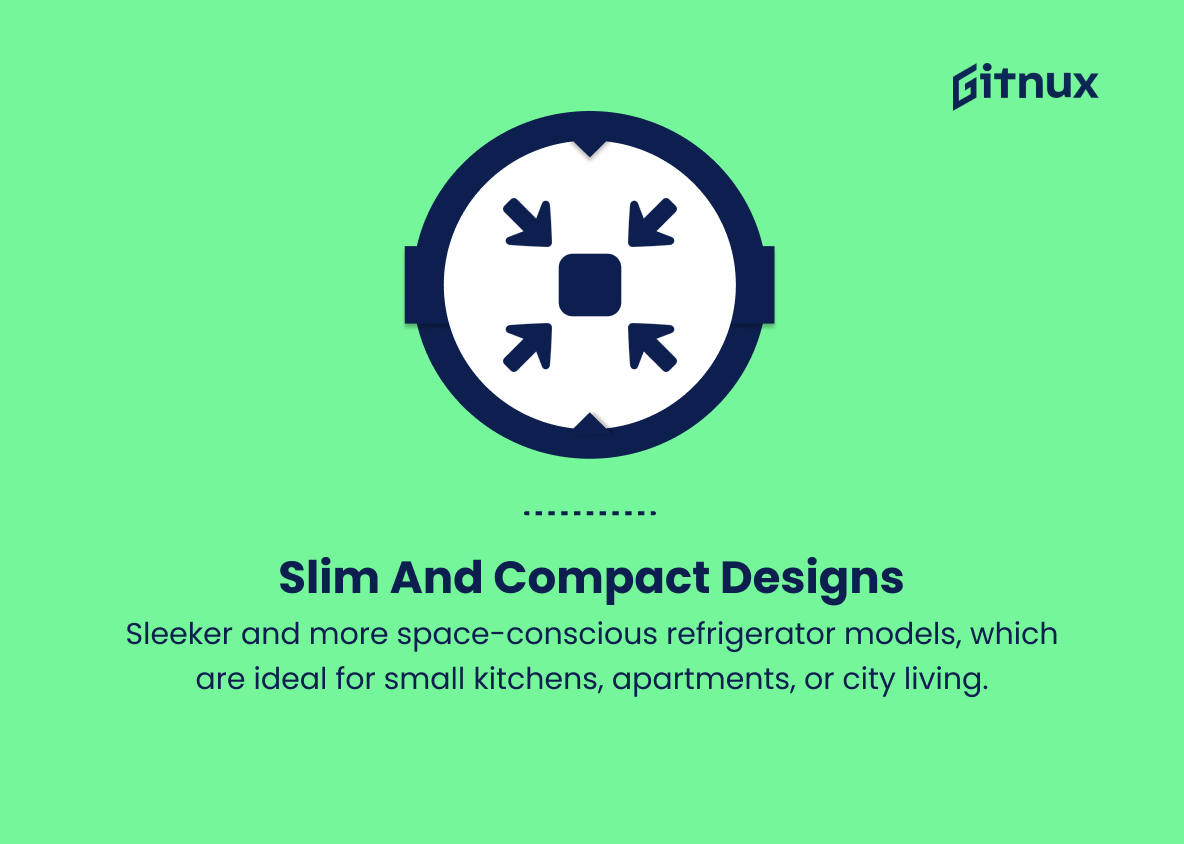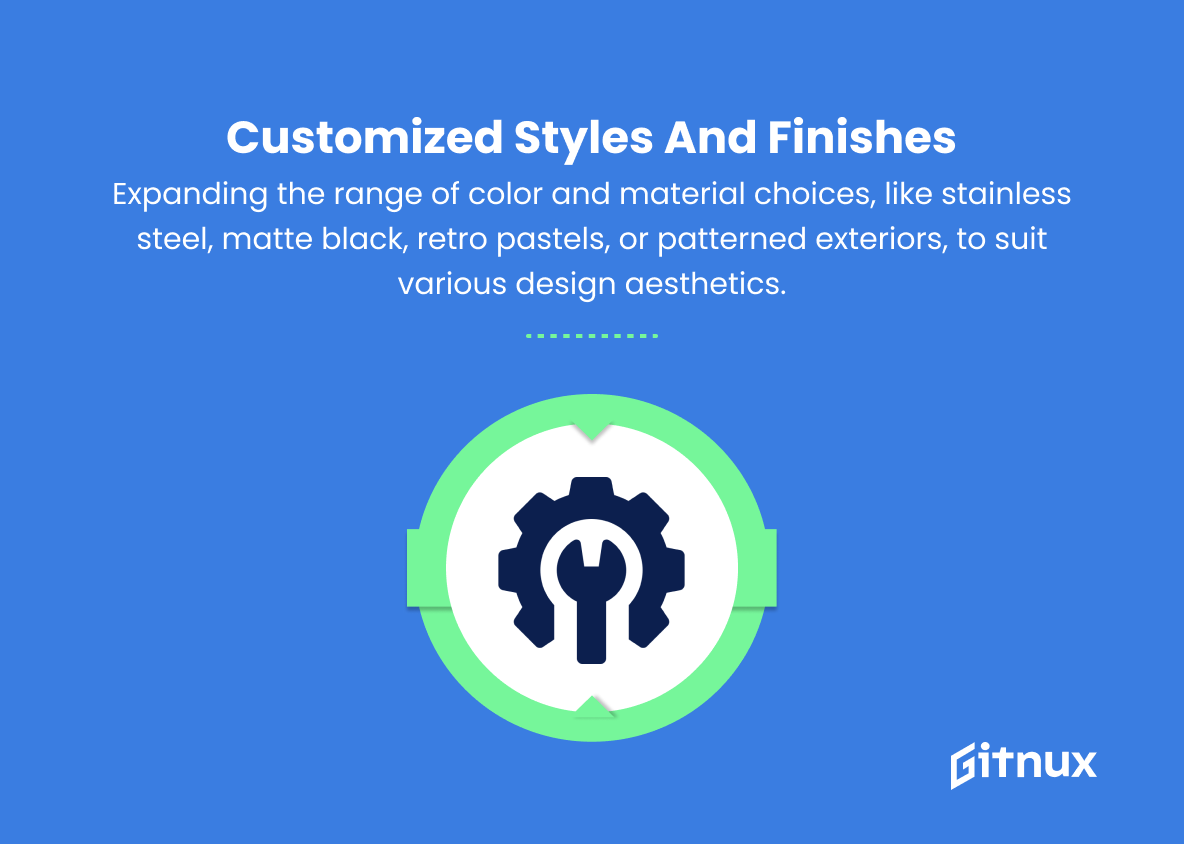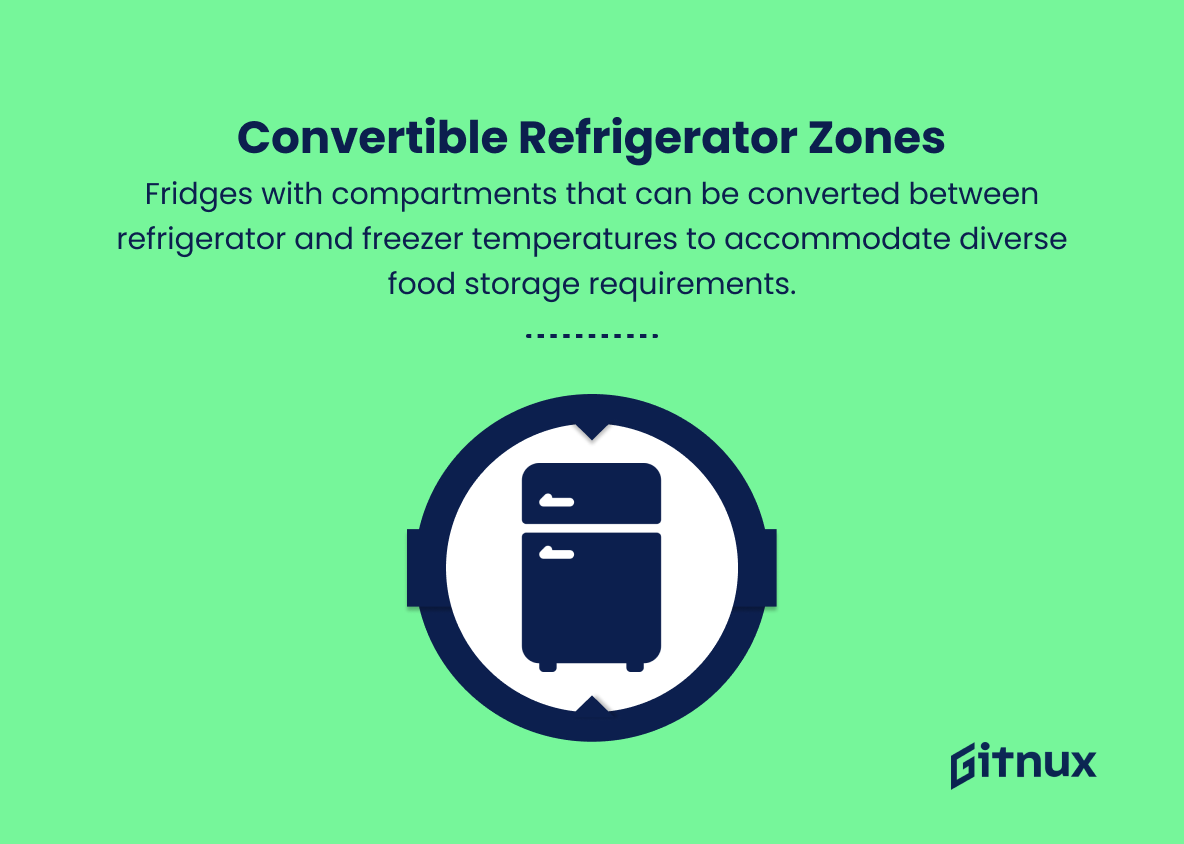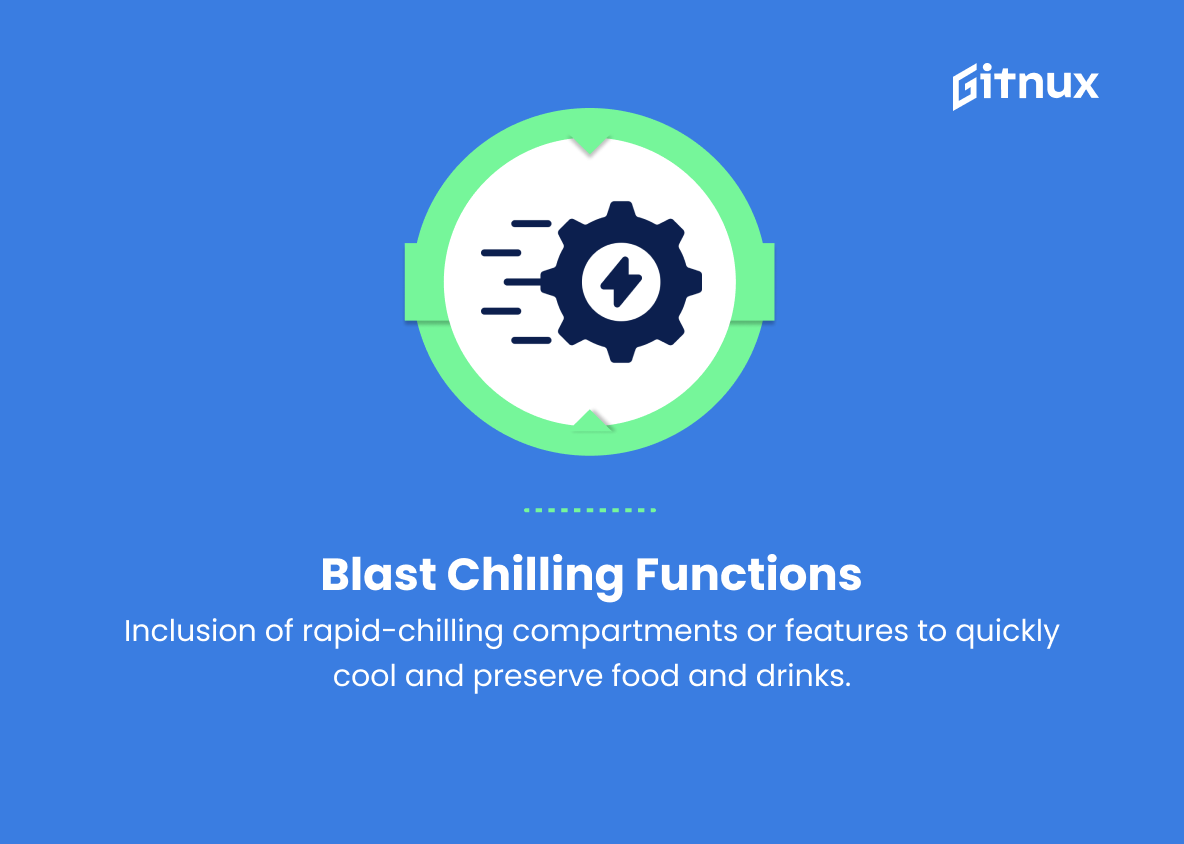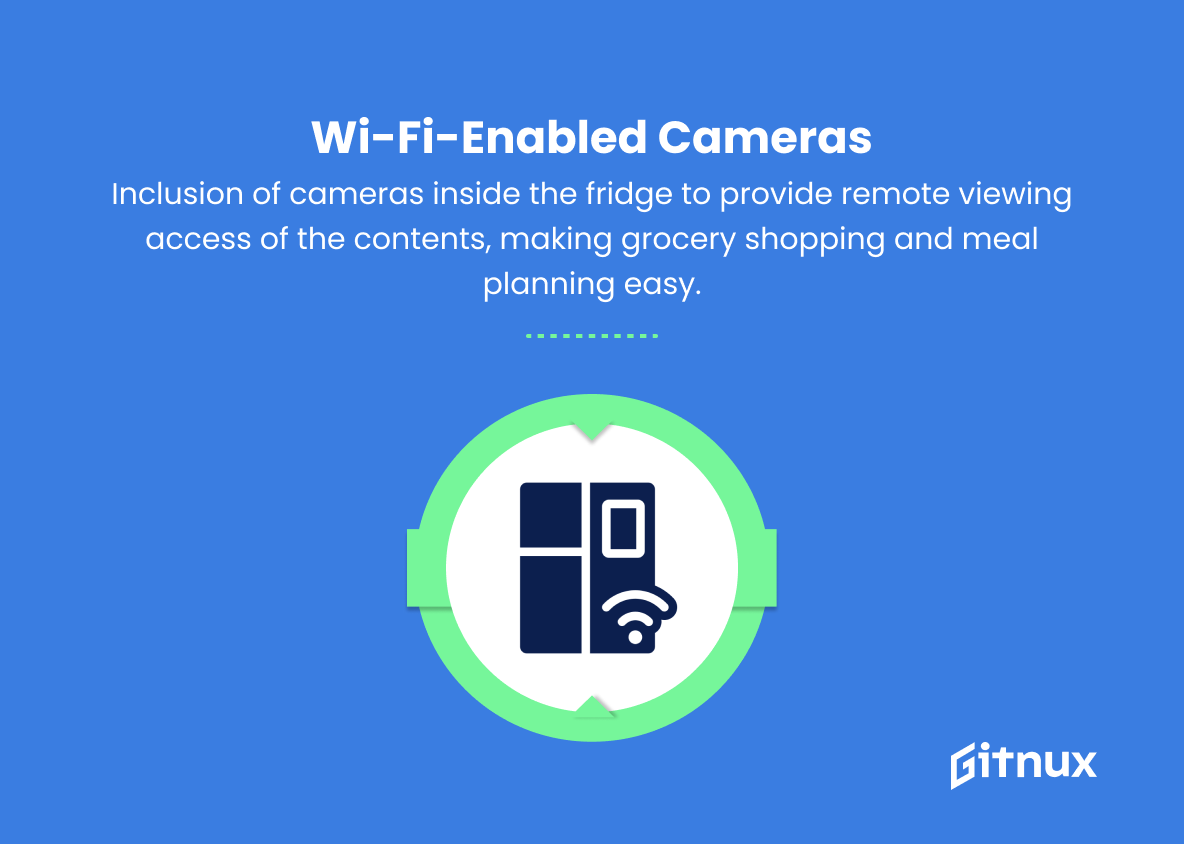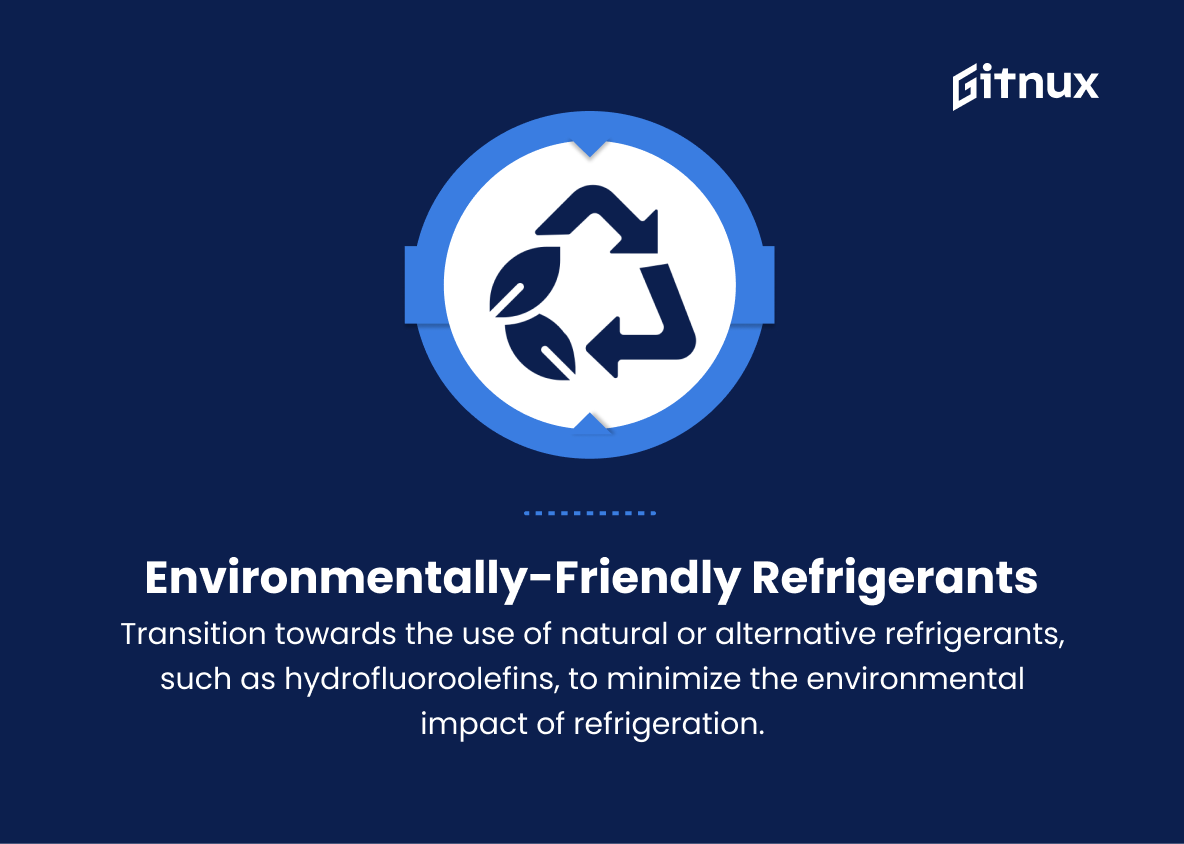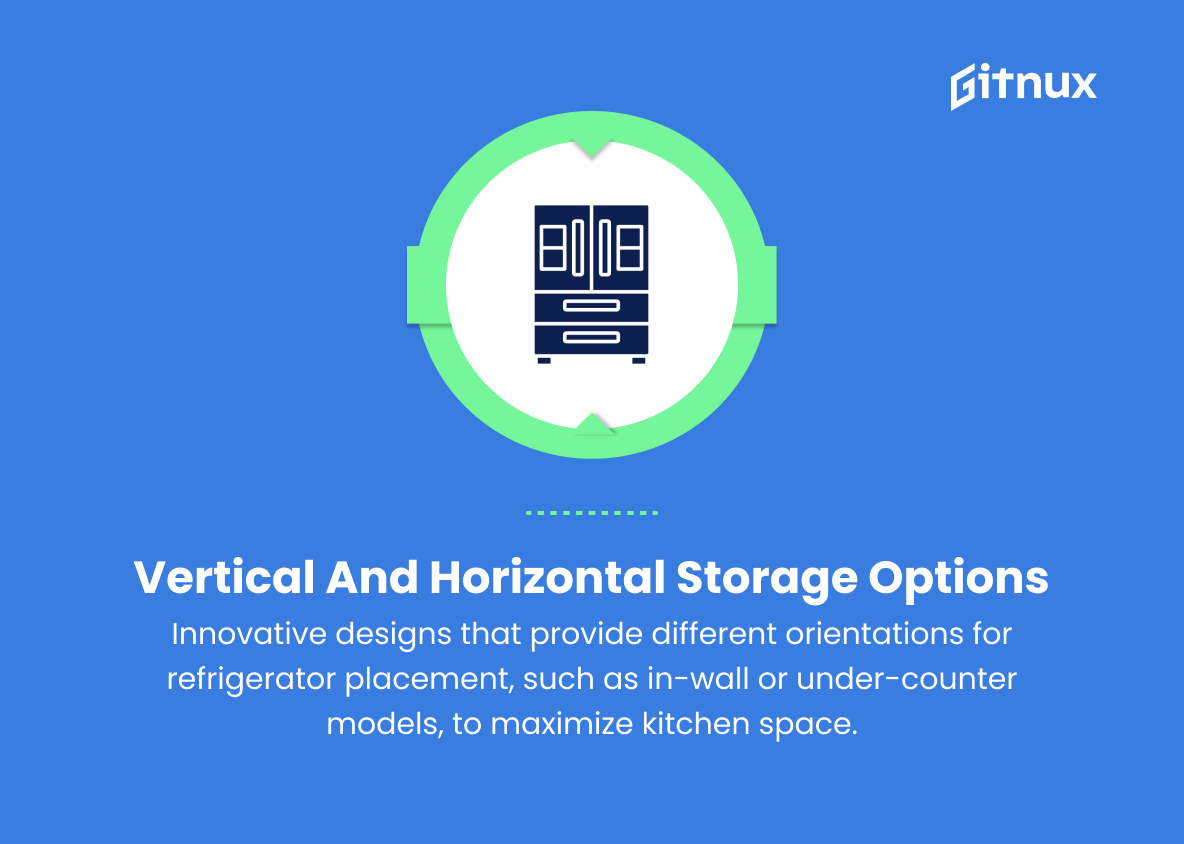In today’s rapidly evolving world, the importance of a well-designed, efficient, and aesthetically pleasing kitchen space is paramount. At the heart of every culinary haven lies the centerpiece of modern refrigeration. With innovative technology, dynamic features, and stylish elements, contemporary refrigerator design trends are pushing the boundaries of what we thought possible, transforming simple appliances into major design statements.
In this insightful blog post, we will explore the most recent and groundbreaking advancements in this realm, delving into the sophisticated world of cutting-edge refrigerator design trends that cater to various tastes, preferences, and lifestyles. By understanding these trends, you can craft the perfect balance of form and function in your kitchen space, creating a true hub of culinary delight. So, without further ado, allow us to take you on a journey into the future of refrigeration.
Top Refrigerator Design Trends
1. Smart refrigerators
Integration of IoT technology in refrigerators, allowing them to connect to the internet and offer remote access, inventory tracking, automated grocery ordering, and more.
2. Energy-efficient refrigerators
Focus on energy conservation and efficiency, leading to new designs with improved insulation, more efficient compressors, and better temperature regulation.
3. Modular refrigerators
Customizable refrigerator options with flexible and interchangeable compartments, making it easy to reconfigure the layout to suit diverse storage needs and preferences.
4. Transparent displays
Incorporation of see-through screens and LED touchscreens on refrigerator doors, letting you view the contents and access recipes, calendars, and other smart features without opening the door.
5. Slim and compact designs
Sleeker and more space-conscious refrigerator models, which are ideal for small kitchens, apartments, or city living.
6. Customized styles and finishes
Expanding the range of color and material choices, like stainless steel, matte black, retro pastels, or patterned exteriors, to suit various design aesthetics.
7. Recessed handles and touchless opening
Introduction of streamlined handle designs and touchless or voice-activated doors for a minimalist, germ-reducing approach.
8. Convertible refrigerator zones
Fridges with compartments that can be converted between refrigerator and freezer temperatures to accommodate diverse food storage requirements.
9. Blast chilling functions
Inclusion of rapid-chilling compartments or features to quickly cool and preserve food and drinks.
10. Indoor gardens and herb chambers
Incorporation of specialized compartments for growing fresh herbs, vegetables, or microgreens within the refrigerator.
11. Air purification systems
Advanced filtration technology to remove odors, bacteria, and mold, maintaining a clean environment for food storage.
12. Wi-Fi-enabled cameras
Inclusion of cameras inside the fridge to provide remote viewing access of the contents, making grocery shopping and meal planning easy.
13. Environmentally-friendly refrigerants
Transition towards the use of natural or alternative refrigerants, such as hydrofluoroolefins, to minimize the environmental impact of refrigeration.
14. Accessible designs
Refrigerator models with inclusive design features catering to different physical abilities, promoting ease of use for the elderly or disabled individuals.
15. Vertical and horizontal storage options
Innovative designs that provide different orientations for refrigerator placement, such as in-wall or under-counter models, to maximize kitchen space.
Implications
As technology continues to advance, refrigerator design trends are constantly adapting to improve overall functionality, energy efficiency, and aesthetics. The integration of IoT technology into smart refrigerators offers remote access, inventory tracking, and automated grocery ordering, making our lives more convenient and efficient. Energy-efficient refrigerators emphasize the importance of sustainability, leading to designs with better insulation, temperature regulation, and more efficient compressors. Modular refrigerators provide customizable options for storage, allowing users to suit their unique preferences.
Transparent displays and LED touchscreens give users the ability to view contents and access smart features without opening the door, saving energy and reducing cold air loss. Slim and compact designs cater to smaller living spaces, while customizable finishes allow for seamless integration into various design aesthetics. Incorporating recessed handles and touchless opening mechanisms promotes a minimalist and germ-reducing approach. Convertible refrigerator zones, blast chilling functions, indoor gardens, and air purification systems all enhance the overall food storage experience.
Wi-Fi-enabled cameras and environmentally-friendly refrigerants show a commitment to both convenience and environmental responsibility. Accessible designs cater to different physical abilities, promoting inclusivity and ease of use. Finally, innovative vertical and horizontal storage options maximize kitchen space by providing different orientations for refrigerator placement. These evolving design trends not only make refrigerators more functional and practical, but they also have the potential to reduce our energy consumption, minimize waste, and foster a sustainable future.
Conclusion
In summary, refrigerator design trends have significantly evolved to cater to modern preferences, technological advancements, and sustainable practices. With the increasing demand for customization, streamlined looks, eco-friendliness, and smart technology, it’s clear that the refrigeration industry is pushing boundaries and adapting to the changing needs of consumers.
As we move forward, we can expect to see even more innovation and exciting design concepts that will continue to transform the way we use, interact with, and perceive refrigerators in our homes. Ultimately, the refrigerator’s role will no longer be limited to being a simple storage appliance, but will emerge as an efficient, highly-functional, and stylish focal point in the contemporary kitchen space.

